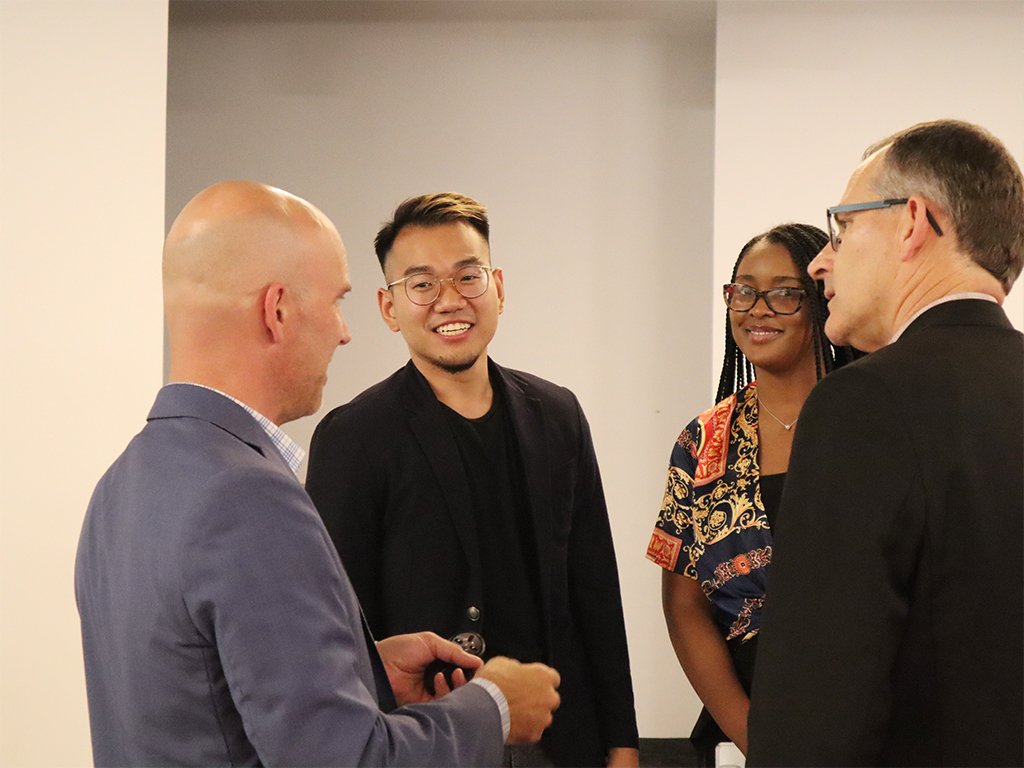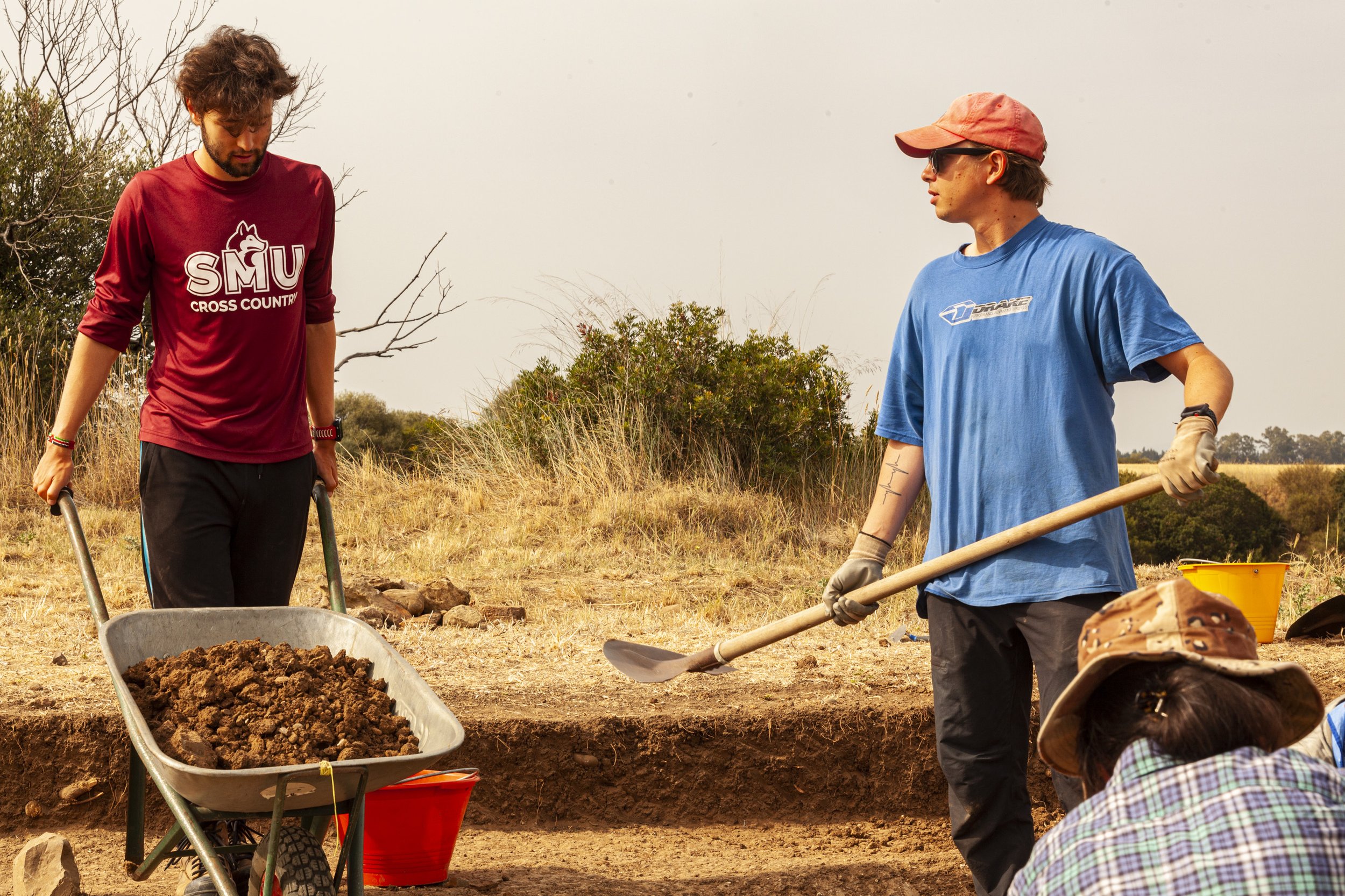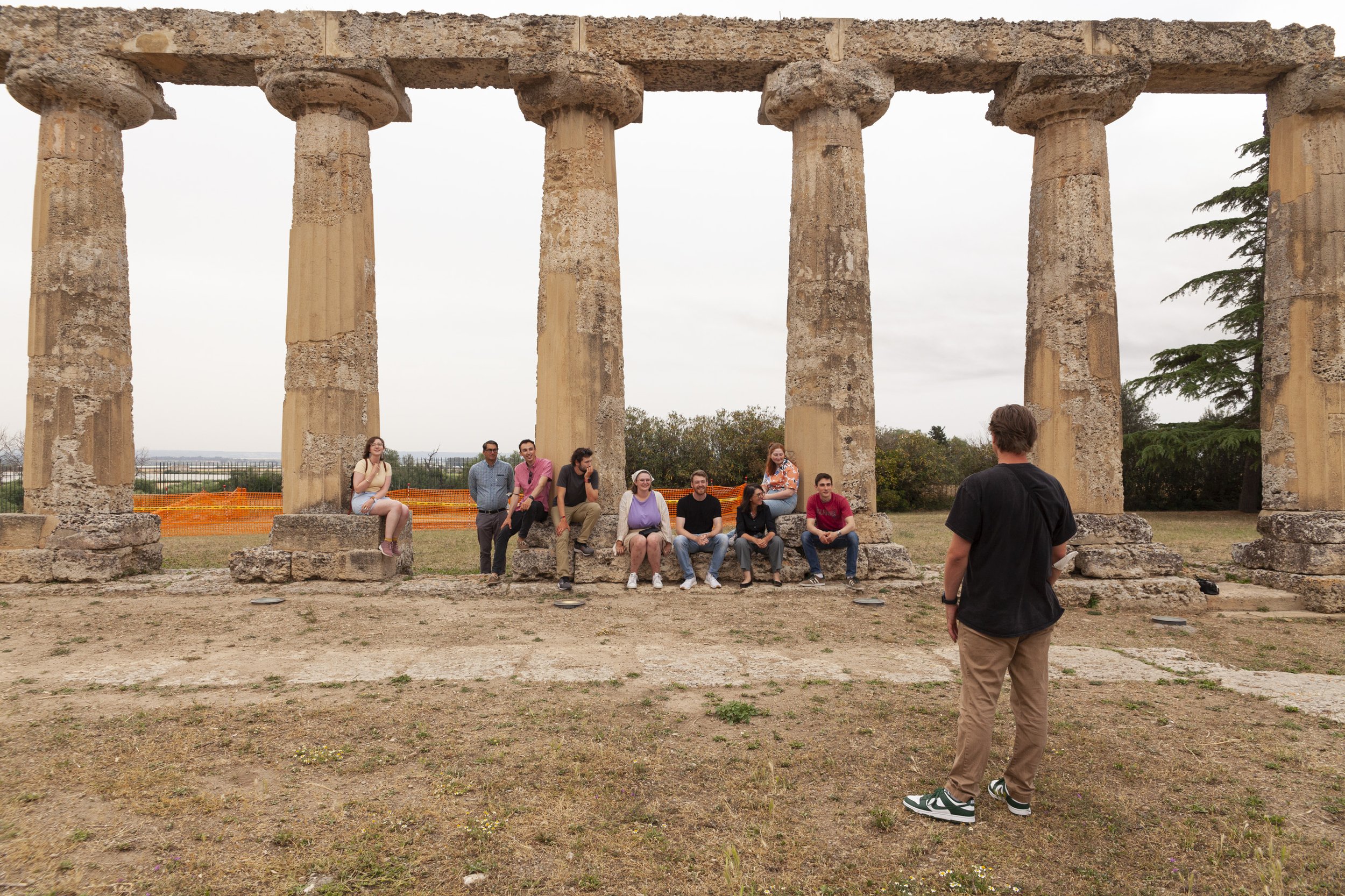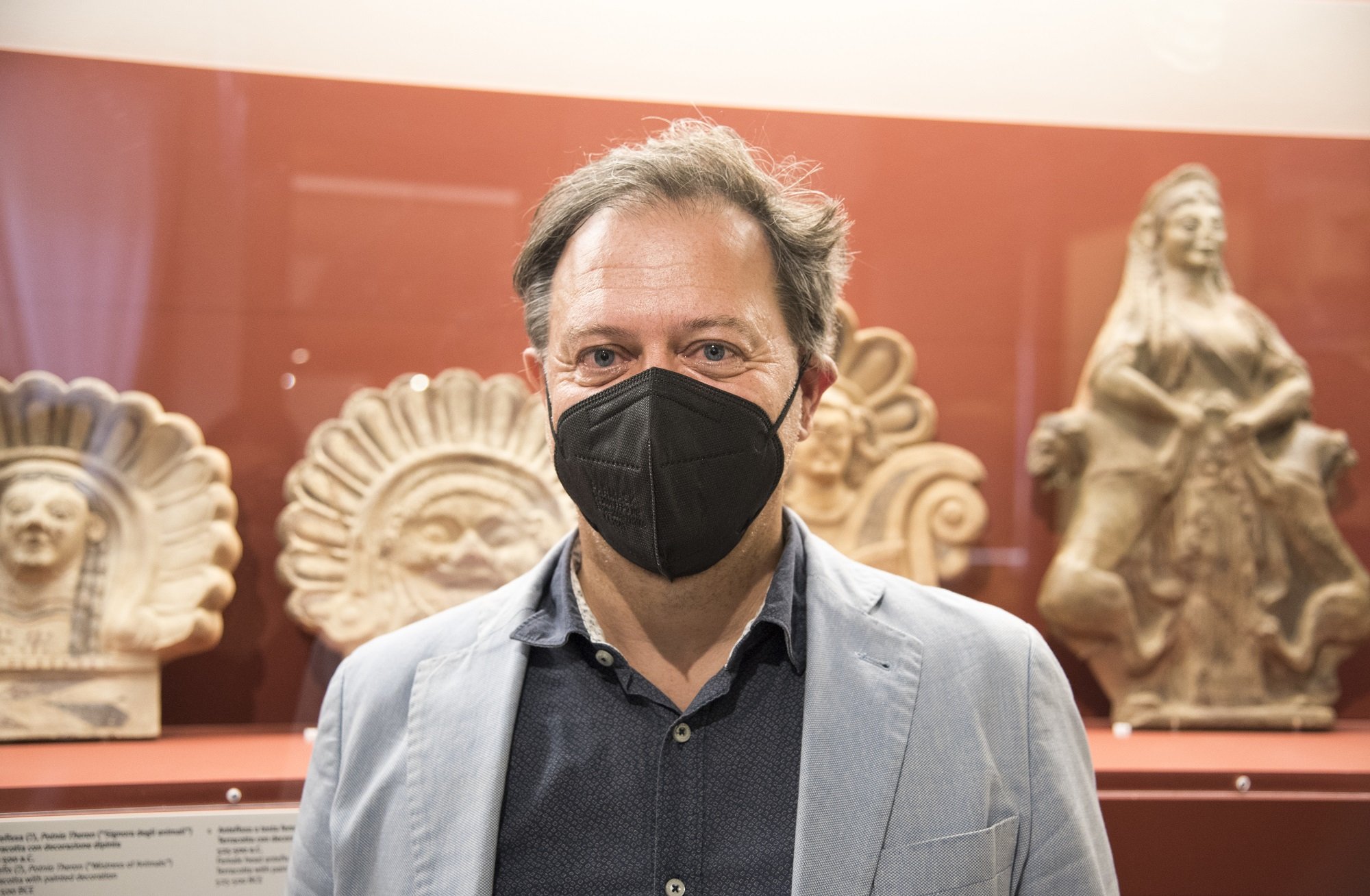Field sampling is an important part of the work Environmental Science students do in classes and in research work with professors. Photo Credit: Dr. Linda Campbell
A competition to solve Atlantic Canadian water issues through technology, innovation and entrepreneurship begins this week. The competition is organized by AquaAction in partnership with Saint Mary’s University.
“We are excited to bring the AquaHacking Challenge back to Atlantic Canada,” says Dr. Anne-Pascale Richardson, AquaHacking Challenge Program Manager at AquaAction. “AquaAction’s mission is to restore freshwater health in North America. We do this by engaging with local communities to empower talented young innovators and support them as they work to improve freshwater in their region. The first Atlantic Canada AquaHacking Challenge was a great success, and we look forward to this year’s competition.”
Atlantic Canada is home to a spectacular system of dynamic freshwater and marine environments. Water is core to ecosystems and communities across the region. The Atlantic Canada AquaHacking Challenge brings students, developers, designers, scientists, programmers, engineers, technology enthusiasts and entrepreneurs together to form interdisciplinary teams to tackle different freshwater challenges facing these important ecosystems.
The issues they’ll be focusing on are:
Innovations for alteration projects in Lakes and Rivers
Water Issue Leader: Nova Scotia Environment and Climate Change - Water BranchAffordable Automated Water Quality Monitoring
Water Issue Leader: Eastern Charlotte Waterways Inc.Saltwater Intrusion
Water Issue Leader: Clean Foundation’s Clean Coasts teamAquatic Invasive species
Water Issue Leader: Coastal ActionGreen Infrastructure (Stormwater Prevention)
Water Issue Leader: ACAP Saint John
“AquaHacking is the type of interdisciplinary competition that allows students and young people to apply their knowledge to practical, real-world situations,” says Michael Sanderson, Director of the Saint Mary’s University Entrepreneurship Centre (SMUEC). “We are proud to partner with AquaAction to bring this great competition back to Atlantic Canada.”
Participants should have an interest in problem solving, collaborating with students from various faculties and applying innovative solutions to bring impactful change to communities in the Atlantic region. They are required to be between 18-35 years of age, a resident of Canada within the Atlantic region and enrolled in a post-secondary institution or be a recent graduate. The entire team doesn’t need to be residing in the Atlantic region, but the majority of the team should be within the Atlantic region.
“Our students are excited and ready to challenge the freshwater issues facing Atlantic Canada,” says Adam Khamis, the Project Coordinator of Skills, Development and Training with SMUEC. “This competition is a dynamic blend of entrepreneurship, social action and science that offers students a unique opportunity to work with people in areas they may not otherwise have discovered.”
After working on their pitches for nine months, all teams will have the opportunity to pitch their solution during the AquaHacking semi-final event. The top teams are selected from these pitches to go on to phase two of the program. These finalists receive $2,000 to support the continuation of their work as they refine their solution in preparation for their pitch at the AquaHacking finale. All five finalist teams are winners, receiving kick-start business training, leadership training, a spot in a local incubator, Lavery Lawyers credits and seed funding based on their final ranking.
For more information about the challenge, how to participate and the great partners that support the competition, visit https://aquaaction.org/challenge/atlantic-canada-2022-23/.
About AquaAction
AquaAction is a non-profit organization dedicated to restoring the health of freshwater by engaging young innovators in solutions creation and supporting the activation of their technologies. Its flagship program is the AquaHacking Challenge, a tech innovation competition which aims to engage university students in developing new solutions to water issues. Recently AquaAction developed the AquaHacking alumni and AquaEntrepreneur Québec. Across Canada, 36 water technology startups have emerged from the Challenge. AquaAction was established by the De Gaspé Beaubien Foundation in 2015, is powered by the RBC Foundation since 2018, accelerated by Ovivo since 2017 and supported by several partners including IBM Canada, Lavery Lawyers, and Mitacs.











































